#Spaceforlife: ISS celebrates 20 years of life in space!
The International Space Station, the most extensive scientific collaboration in history for peaceful purposes, is celebrating its milestone 20th anniversary. Since the launch of the first module on November 20, 1998, it has taught us that when countries work together and combine their technological excellence, they can achieve a sustained human presence in space. The first International Space Station crew took up their posts on November 2, 2000, two years after the start of construction.
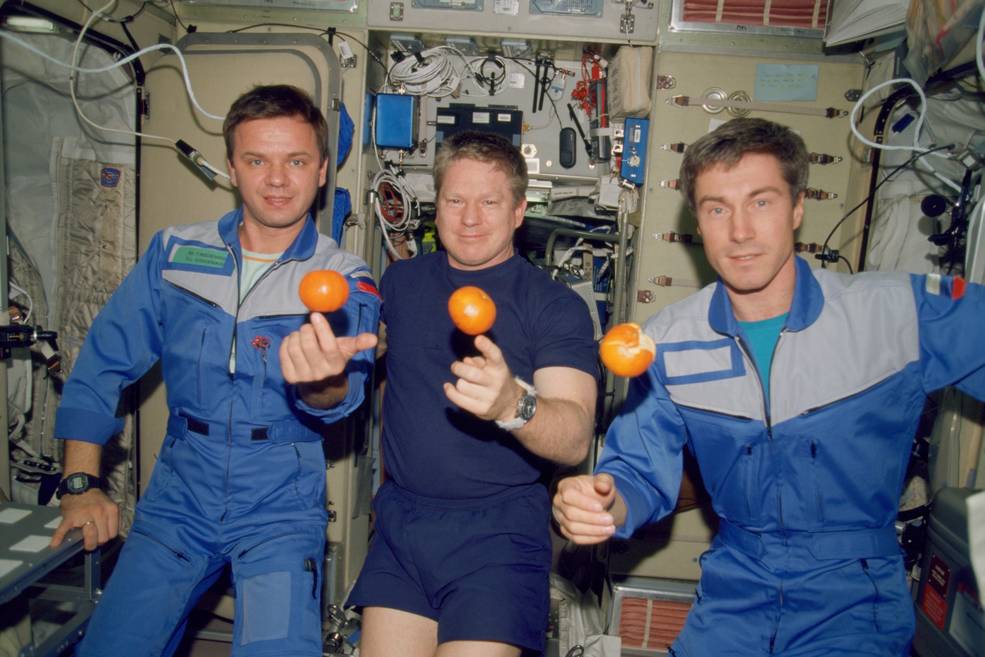
The three astronauts/cosmonauts, William (Bill) Sheperd (expedition commander) from the USA, Russian cosmonauts Sergei Krikalev (flight engineer) and Yuri Gidzenko (Soyuz commander), docked at 10 a.m. in the morning and began to build what would become home to an ever-changing international crew of spacefarers.
The ISS at a glance
Since November 2000, 241 individuals from 19 countries have visited the International Space Station, conducting over 2,500 medical, chemical, physical and biological experiments in microgravity. It took more than 50 missions by all kinds of launch vehicles to assemble the 100 major parts of this technological tour de force – one of the most complex and impressive structures ever built. Above all, it meant putting aside the lingering tensions of the Cold War and the space race to deliver the best technologies from across the globe into orbit. From December 1998 to March 2019, for instance, some 78,514 kilos of research equipment was lofted to the station and 23,559 kilos were sent back to Earth.
Why conduct science in space? The space station offers a great vantage point from which we can study the Earth, allows scientists to expose materials to the harsh environment of space – and especially microgravity – and lets us test technologies that could help take us further into space, including the Moon and Mars.
An astronaut’s life
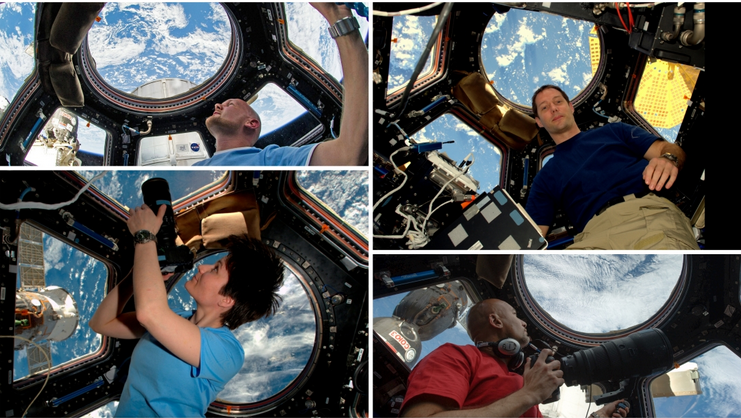
When an astronaut joins the space station, it takes a few hours to get used to the “zero-g”, or weightless environment. They will have undergone countless simulations on the ground, but nothing really compares to the sensations when you reach the ISS and begin floating around. You have to move very carefully, think ahead and decide which of the many handles along the walls you want to grab. A reckless movement can become dangerous for yourself, other astronauts and the delicate instruments aboard.
Our bodies were of course designed to live in a gravity environment – back pain aside! In the almost total absence of gravity, our bodies struggle: during the first few days, the body fluids tend to rise towards the head and upper limbs, which explains why recent arrivals on the ISS often have visibly swollen faces.
Long stays in this type of environment are also detrimental to the musculoskeletal system. For every month on the ISS, an astronaut loses an estimated 2% of their bone mass. What happens is that bones become less dense because they have to support less weight, and consequently the body directs its resources and energy to other areas. This is why astronauts have to exercise for several hours a day to maintain muscle tone and strengthen their bones.

Beyond low Earth orbit, space radiation may place astronauts at significant risk for radiation sickness, and increased lifetime risk for cancer, central nervous system disorders and degenerative diseases. Thales Alenia Space has designed a simple radiation protection vest, which places radiation shielding material over sensitive body parts (e.g., bone marrow) to protect an astronaut in case of a solar particle event.
A window on the Earth
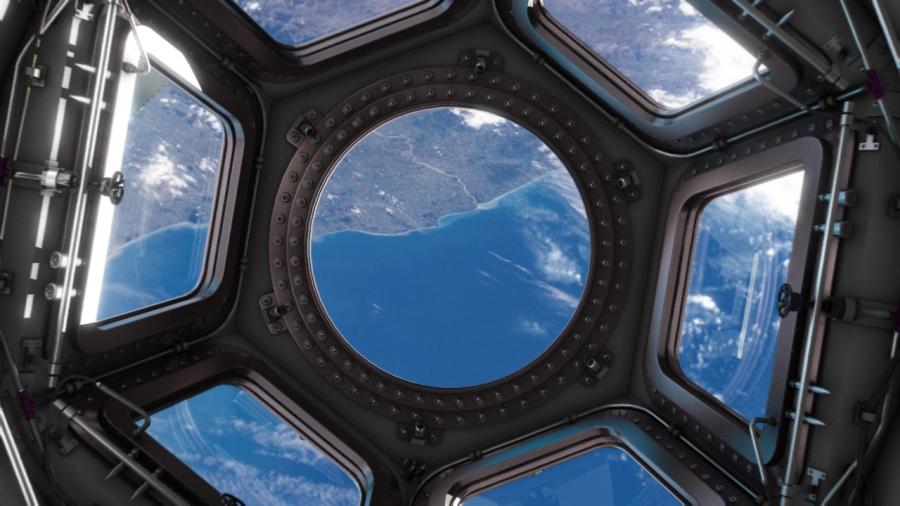
From the Cupola on the International Space Station, astronauts have taken millions of photos of the Earth. The Cupola, as its name suggests, is fully outfitted for astronauts to observe the Earth, including a variety of cameras. By design, this module always faces the Earth, allowing astronauts to observe day or night. They can also set up cameras to automatically shoot photos while they perform other tasks. Once published, these exceptional shots have burnished the Space Station's reputation as an ideal spaceborne observatory.
A dream becomes reality
Today, as we celebrate this milestone anniversary and also plan expeditions to Mars and a return to the Moon, it’s worth remembering the highly ambitious goals of this vast international undertaking. Bringing together the United States, Russia, Canada, Japan and European Space Agency countries, this program has led to the construction of the largest spacecraft ever, a permanent human outpost that occupies an area as large as a football field, with a habitable volume of more than 1,200 cubic meters, more than 40% of which is supplied by Thales Alenia Space.
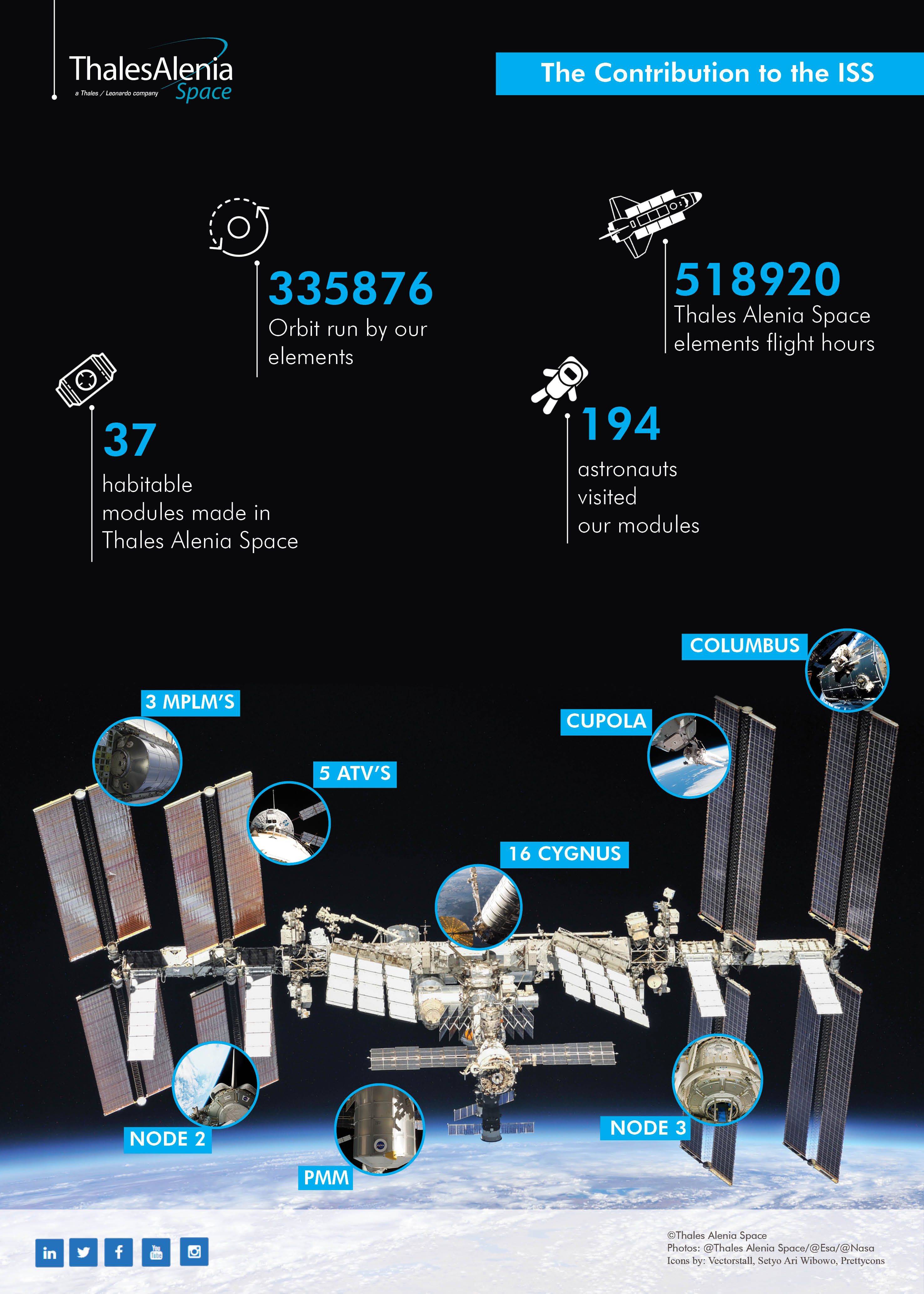
Our company has provided fully half of the pressurized volume on the International Space Station, including Nodes 2 and 3, the Permanent Multipurpose Module, the Multipurpose Logistics Modules, the Cupola and the Columbus lab structure, along with cargo modules for the ATV resupply vessels and the structure for the Bishop commercial airlock from NanoRacks. We also build all pressurized cargo modules for Cygnus resupply vessels on behalf of Northrop Grumman. Twice yearly, they deliver food, water, parts, fuel and science experiments for astronauts on the ISS. Our teams are now capitalizing on their long experience with globally acclaimed exploration programs to address new Moon-related markets.
To the Moon and Beyond
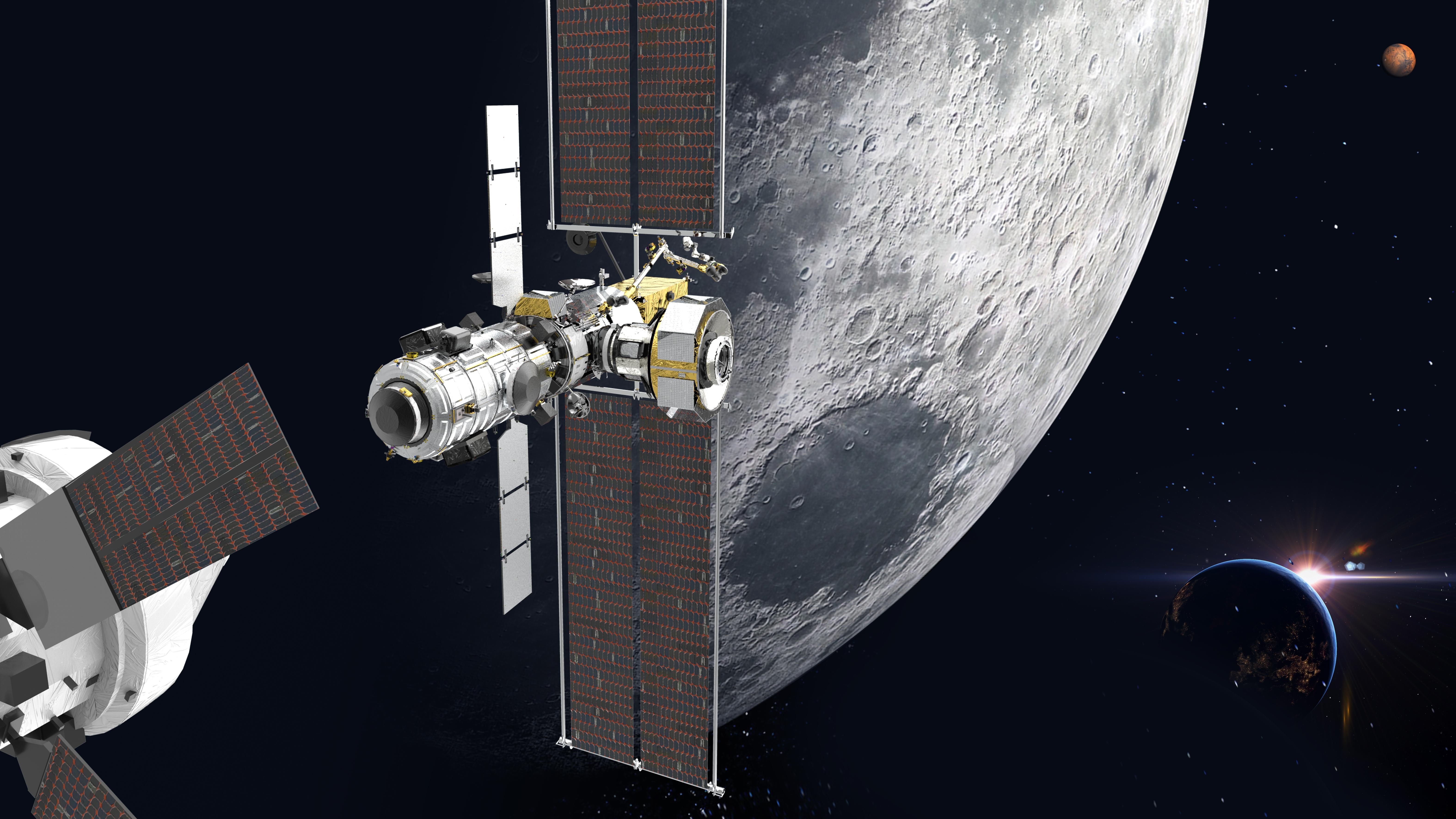
We continue to push back the frontiers of space exploration. Our company was chosen by ESA to develop two key modules for the upcoming Lunar Gateway: I-HAB and the ESPRIT communications and refueling module. In addition, Northrop Grumman recently selected us to develop the pressurized module for HALO (Habitation And Logistic Outpost), one of the first sections of the lunar space station, Gateway, to be launched in 2023.
Thales Alenia Space is part of the consortium led by American company Dynetics, selected by NASA to conduct the initial design and development phase of the pressurized cabin of the Human Landing System (HLS). As the only European partner in the Dynetics consortium, we’re in charge of designing the crew module, drawing on our extensive experience with the International Space Station. The crew module will play a decisive role, since it will house the astronauts and protect them from radiation, micrometeorites and the other hazards of spaceflight. American company CommStar Space Communications is counting on us to deploy a hybrid Earth-Moon communications relay satellite by 2023, and we’ll also be supplying Earth-Moon telecom technologies for NASA’s VIPER rover, which will search for water on the surface. In addition, we’ve been chosen by Axiom Space to provide two key pressurized elements, Node1 and Habitat, which will be the first components in a future commercial space station. Axiom Space has asked French designer Philippe Starck to create interiors for the habitation module on the Axiom Space Station.
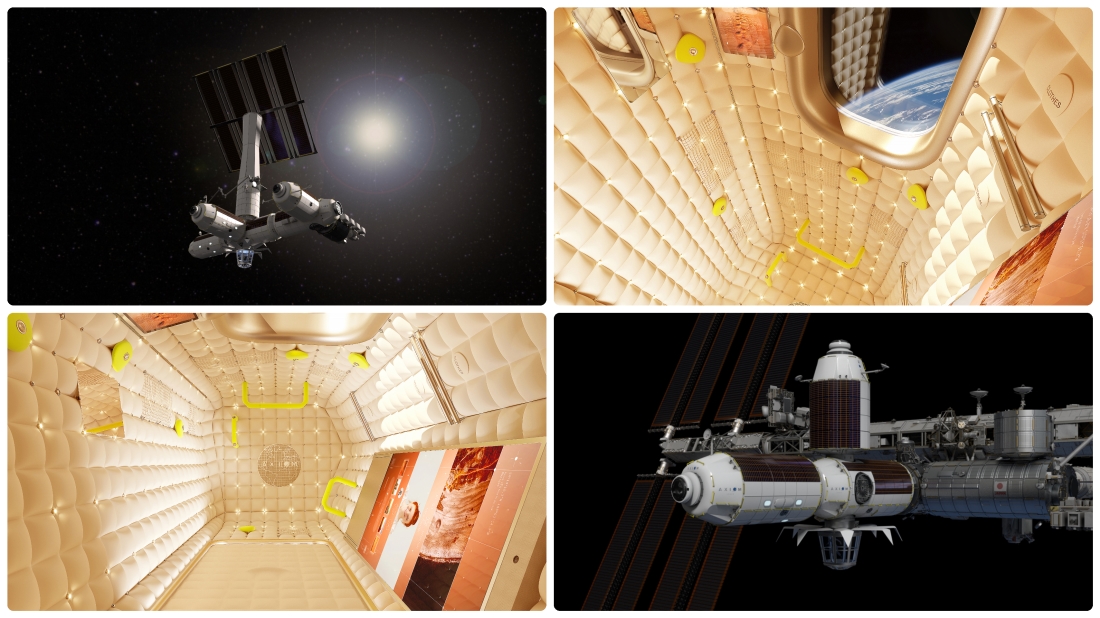
Leveraging Thales Alenia Space’s long-standing expertise in space exploration, orbital infrastructures, robotics and space transportation systems, we have become the world leader in the orbital infrastructures market. More than ever, the Moon is at our fingertips!
The next chapter in the Moon chronicles has just begun. Stay tuned for the latest news!